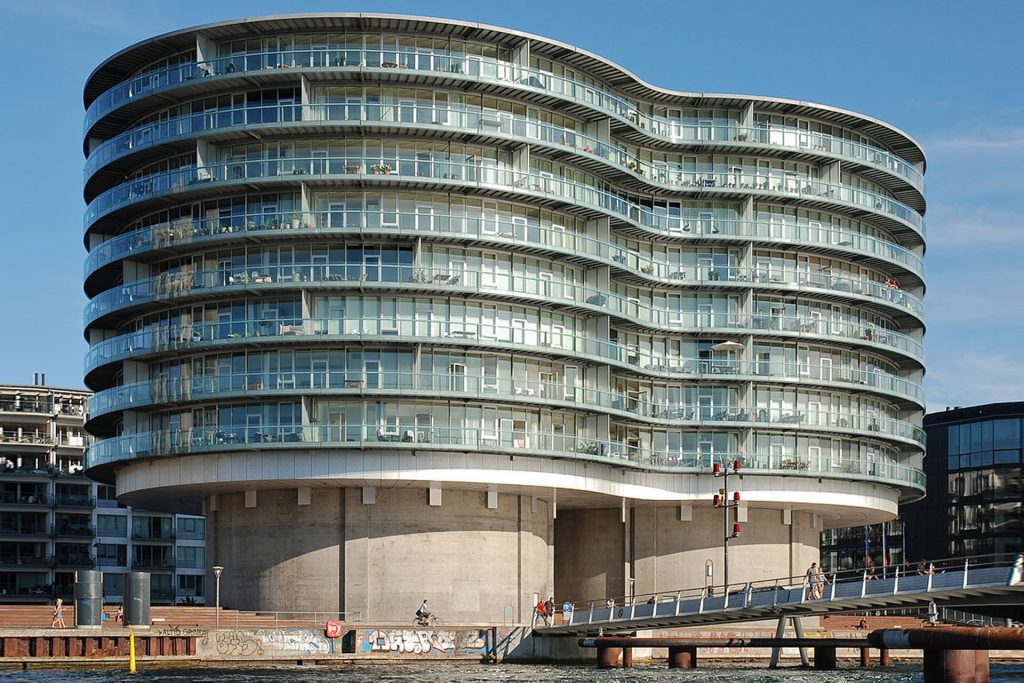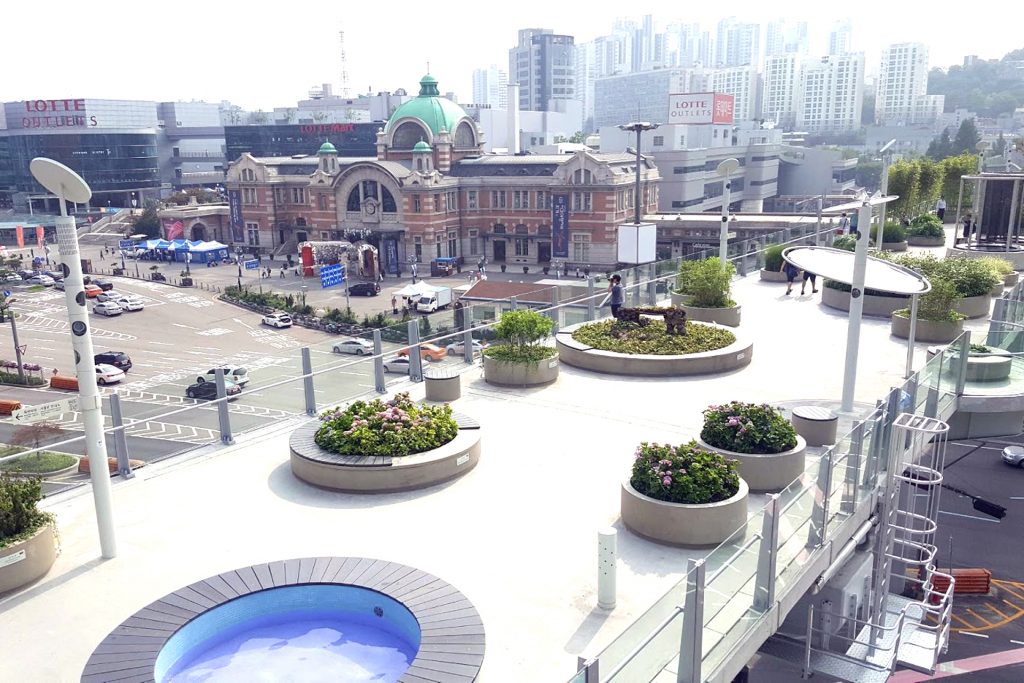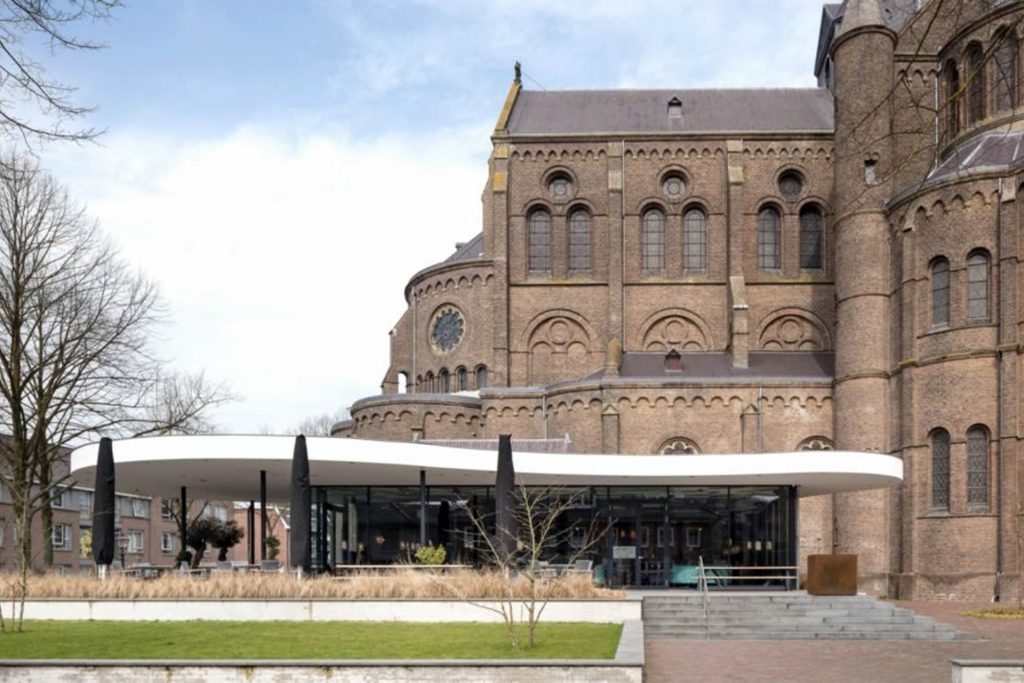




VENICE | SANTA MONICA | MAR VISTA | MARINA | WESTCHESTER | CULVER CITY



FOLLOW ME ON INSTAGRAM @COMPETEREALESTATE
DON’T MISS OUT
Opportunity Zones are census tracts that are defined by the Internal Revenue Service (IRS) as “economically-distressed community where new investments, under certain conditions, may be eligible for preferential tax treatment.” They were added to the tax code by the Tax Cuts and Jobs Act on December 22, 2017. (opzones.ca.gov)
Ask This Old House host Kevin O’Connor travels to Portland, Oregon to learn how to protect homes from earthquakes.
Steps:
Resources:
While the specialty hardware that was used to secure the house to the foundation can be found at most home centers, determining the proper location for that hardware may require a consultation with an engineer.
The seismic gas shutoff valve installed was a Northridge Valve, which is manufactured by Seismic Safety Products (http://www.seismic-safety.com/). Gas work is extremely dangerous and should always be left to licensed professionals.
The museum putty used to secure valuables to the shelves is manufactured by QuakeHOLD (http://www.quakehold.com/emergency-ma…).
Follow This Old House and Ask This Old House:
Facebook: http://bit.ly/ThisOldHouseFB
Twitter: http://bit.ly/ThisOldHouseTwitter
http://bit.ly/AskTOHTwitter
Pinterest: http://bit.ly/ThisOldHousePinterest
Instagram: http://bit.ly/ThisOldHouseIG
http://bit.ly/AskTOHIG
Tumblr: http://bit.ly/ThisOldHouseTumblr
For more on This Old House and Ask This Old House, visit us at: http://bit.ly/ThisOldHouseWebsite
Check out B1M’s Essay to see how Architects are reinventing older disused structures.
In an effort to retain heritage, reduce waste and overcome the challenge of finding sites in urban areas, architects, engineers and developers are breathing new life into existing structures and the communities around them.
From historic grain silos that are now museums to congested elevated roadways that have evolved into calming green parks, these are some of the greatest examples of reinvented structures.
THE FRØSILO – DENMARK
The ongoing revival of Copenhagen’s industrial waterfront has seen a number of existing structures re-purposed to serve the city’s growing demand for apartment living.

The most impressive of these is undoubtedly Frøsilo, the adaptation of two silos formerly used by a soybean processing plant into a single unified structure that features 84 apartments.
Balancing their desire for waterfront views with the need to minimise penetrations in the silo and preserve the integrity of its superstructure, architects and engineers hung apartments from the exterior of the silo structures.
This approach enabled the silo interiors to be remodelled as full height lobbies, creating open and naturally lit atria for residents.
SEOULLO 7017 – SOUTH KOREA
Following in the footsteps of Paris’ Promenade Plantée and New York City’s High Line, Seoullo 7017 – widely known as the Seoul Sky Garden – adapts disused transport infrastructure to deliver much needed green space within densely a developed urban area.

With a number of elevated highways being decommissioned, city planners elected to repurpose some overpasses for pedestrian use, improving connections while providing much-needed green space.
Opening in 2017, the Sky Garden runs adjacent to Seoul Station and now consists of more than 24,000 individual trees, plants and shrubs along its kilometre route through the city.
Standing 17 metres above its surroundings, a number of bridges and staircases have been installed to link the structure with surrounding shops, hotels and neighbourhoods.
ZEITZ MUSEUM OF CONTEMPORARY ART AFRICA – SOUTH AFRICA
First constructed in 1921, the grain silo on Cape Town’s waterfront stood as the tallest building in sub-Saharan Africa for over half a century.

Now, the structure’s interior has been impressively carved open, to create one of the continent’s leading contemporary art museums.
While the building’s exterior remained largely unchanged, internally some 73% of the concrete silos within the structure’s storage annexe were demolished, while much of the 58-metre elevator tower’s interior was removed.
These adaptations created space for numerous gallery spaces along with a luxury hotel, restaurant and rooftop sculpture garden.
At the museum’s core, a number of the remaining silos have been retained but carved away to create a breath-taking cathedral-like atrium, that stretches up 27 metres through the building.
Nodding to the structure’s heritage, the ovoid form of this space mirrors that of a grain of corn, that was digitally scanned at the design stage to inform the plans.
OPTIMO HEADQUARTERS – UNITED STATES
Outgrowing their original premises, bespoke hat-maker Optimo converted the City of Chicago’s historic Firehouse in 2018, consolidating all aspects of their design and production operations into a single building.

Shunning the idea of a new build industrial facility and instead, making use of the century-old building, Optimo selected the site for its location, reaffirming their commitment to the local community.
The ground level now serves as a factory, while the first floor has been refurbished to house offices and design studios.
Despite these adaptations, many of the building’s original features have been retained. Openings in the floor where fire poles once stood are now portholes offering views into the factory, while marble from the original firehouse has been repurposed in the kitchens.
LIBRARY, MUSEUM AND COMMUNITY CENTRE – NETHERLANDS
Built inside a historic church dating back to 1884, this library, museum and community centre has become a vibrant part of the city of Vught in the Netherlands.

Opened in mid-2018, the conversion has already garnered significant acclaim for its impressive, multifunctional use of the internal space, that remains respectful to the structure’s original design and purpose.
While much of the church itself has been preserved in its original form, modern additions, both internally and externally have added new layers to the building.
External pavilions provide new space for shops and restaurants while a new internal mezzanine floor creates unique spaces within the church for studying and community use.
Many of the library’s bookcases are fitted on tracks, allowing them to be moved aside to create an open multi-use space in the heart of the church.
FONDAZIONE PRADA – ITALY
Completed in 2015, the conversion of this disused gin distillery in Milan created an exhibition, gallery and event space for the Fondazione Prada; an institution dedicated to contemporary art and culture.

Consisting of several existing buildings and three new structures, the converted distillery now provides more than 19,000 square metres of space around a central courtyard.
While appearing relatively modest from the exterior, the facility is easily identifiable by its striking four-storey tower clad in 24-carat gold leaf.
Discover how New York’s iconic Woolworth Building was reinvented in B1M Documentary
Credit: The B1M, Photos belong to originators

According to Housingwire.com in 2018 Mellinals were paying all time high rental rates. Here’s what David Bach has to say to them.
If you’re not prioritizing home ownership, you’re making a costly mistake, says co-founder of AE Wealth Management, bestselling author and self-made millionaire David Bach.
In fact, not buying a home is the single biggest mistake millennials are making, he tells CNBC Make It: “The most important advice I can tell you right now if you’re young is: Don’t listen to these people that tell you should rent versus buy.”
Even with the tax law changes, he notes, “buying a home is the escalator to wealth in America. Homeowners are worth forty times more than renters.”
You have to live somewhere for the rest of your life, Bach points out, so you might as well invest in a home that you could own permanently.
He crunches the numbers in his bestselling book, “The Automatic Millionaire”: “As a renter, you can easily spend half a million dollars or more on rent over the years ($1,500 a month for 30 years comes to $540,000), and in the end wind up just where you started — owning nothing.
“Or you can buy a house and spend the same amount paying down a mortgage, and in the end wind up owning your own home free and clear!”
“Let’s be honest: Renters make landlords rich,” Bach tells CNBC Make It. “I want you to make yourself rich, so start by saving money for a down payment now.”
He recommends having a down payment of at least 10 percent, though 20 percent is ideal. The easiest way to reach that amount is to have money automatically taken out of your paycheck or checking account on a regular basis and moved directly into a savings account earmarked specifically for your first home.
Buying that first home probably means you’re not buying your dream home, Bach says, but the way you reach that goal eventually is by prioritizing homeownership now.
“The way you build financial security is through real estate, and it starts by buying your first home,” he tells CNBC Make It.
(credit: cnbc.com)
Contact Us Today to learn about Affordable Financing Options. Many Financing Options are Available.
info@CompeteRealEstate.com | @CompeteRealEstate
What’s in store for Housing Prices, Flipping, Mortgage Rates? Diane Olick discusses the possible reason for decreasing home values, Ryan O’Hara (CEO Realtor.com) talks about hos flipping homes is turning into a difficult way to make money.
Mar Vista, a family friendly neighborhood good schools and a lots to do for kids and families. Located just east of the “pricey” Venice Neighborhood, Mar Vista offers all the convenience and access to beach communities, with a much more affordable price point.. Mar Vista has a great “small town” feel with lots of “mom & pop” cafes, boutiques, and services. This is a great place for young families working on west side or Hollywood, with great access to freeways, close to silicon beach tech companies, and quick access to Hollywood.
– – – – – – – – – –
Looking for a home in Mar Vista California, Give us a call, DM or message.
Follow Us on Social Media @CompeteRealEstate
Comfortable, Walk-able, Family Friendly, Great Schools, Surf, Beach, Shopping, New Light Rail line makes commuting to work on the east side easy and relaxing. Great community parks and entertainment and family friendly activities. If you are looking for a home in the Santa Monica area, give us a call we know the area well and we can help.
Santa Monica is in fact home to one of most iconic beaches in California. But did you know that Santa Monica is also home to eight different neighborhoods all with their own personality? Below we give you a rundown of every neighborhood, how the neighborhoods differ, and what you can expect from visiting each. (* see end for details)
Santa Monica, California offers more than its beach and year-round warm weather. Its proximity to the greater Los Angeles area makes Santa Monica the perfect base for vacationers and business travelers alike.
Stretching over 3.5 miles of pacific coastline and is a walkable 8.3 square miles (21.5 km²). A laid-back beach town atmosphere with big city sophistication. Eight neighborhoods offering a diverse mix of shopping, dining, entertainment, outdoor recreation easily accessible public transportation and rentals making it easy to go car free.
For travelers aiming to discover the rest of Los Angeles and the greater Southern California region, Santa Monica serves as a convenient hub for broader exploration. Being only eight miles (13 km) north of Los Angeles International Airport (LAX) and only 13 miles (21 km) from the heart of Downtown Los Angeles. Easy access to neighboring areas and attractions and close to other popular Southern California cities such as Beverly Hills and Hollywood, Mar Vista, Marina Del Rey, Culver City.
NEIGHBORHOOD DESCRIPTIONS
Downtown Santa Monica (DOWNTOWN / THIRD STREET PROMENADE)
Downtown Santa Monica is one of the most vibrant neighborhoods in Santa Monica, largely because it’s home to the Third Street Promenade and Santa Monica Place, two of the largest shopping areas in Santa Monica. The weekend finds the Third Street Promenade bustling with foot traffic of both locals and travelers. However, while Downtown Santa Monica is home to the highest concentration of shops, restaurants, and hotels in town, it also gives off a local vibe with its twice-weekly farmers market on Wednesday and Saturday mornings and lively street performers.
Main Street Santa Monica (MAIN STREET)
Santa Monica’s Main Street bears the laid back artsy side of Santa Monica, a side of the city that has been characterized by a local, surf vibe for years. Consider the many art galleries and attractions such as the Edgemar Center for the Arts and Mindfulnest, which is one-part art gallery, one-part shop. Main Street is also home to one of the highest concentrations of coffee shops in Santa Monica. A variety of different boutique shops are scattered along Main Street and a weekly farmers market takes place every Sunday.
Mid-City Santa Monica (MID-CITY)
The furthest inland neighborhood in Santa Monica is known as Mid-City. This is the arts and entertainment hub of Santa Monica, and is home to a number of the largest entertainment companies. Mid-City also is where you’ll find one of the largest contemporary art collections in Los Angeles, Bergamot, which was formerly a railroad station but now houses a plethora of different art galleries. Some of Santa Monica’s best restaurants are in Mid-City, including Mélisse, which had won two Michelin stars.
Montana Avenue Santa Monica (MONTANA AVENUE)
While the Third Street Promenade is the most vibrant shopping area of Santa Monica, Montana Avenue emits a more high end and local shopping atmosphere along its tree-lined streets. Though this is a largely residential section of Santa Monica, there are more than 150 boutique shops and restaurants lining the 10-block destination. There aren’t hotels on Montana Avenue, but the neighborhood is convenient to Downtown Santa Monica and is within walking distance of most hotels there or by bike or the Big Blue Bus, which runs between the Green Line Metro’s Aviation Station and downtown Santa Monica, with a number of different stops.
Ocean Park Santa Monica (OCEAN PARK BOULEVARD / SANTA MONICA AIRPORT AREA)
Running southeast from the Santa Monica Pier is Ocean Park. That local, artsy aesthetic of Main Street extends here, comprising independent coffee shops, boutique stores, and art galleries. Located just east of Ocean Park is the Santa Monica Airport. Not only is this a working airport for private jet owners, but it also is the location of the Museum of Flying, which features numerous aircraft and artifacts, including a Wright Flyer replica and World War II planes, and adjacent to the Spitfire Grill.
Pico Boulevard Santa Monica (PICO BOULEVARD)
Running parallel to I-10 is perhaps the most ethnically diverse neighborhood in Santa Monica: Pico. The people here can vary, from college students strolling in and around Santa Monica College to locals popping in and out of the clothing boutique shops, record stores, and art galleries. Saturday mornings on Pico feature a smaller, more local farmers market than the Downtown Santa Monica Farmers Market; the Pico iteration usually comprises no more than 30-40 local farmers.
Santa Monica Pier Area/Ocean Avenue (SANTA MONICA PIER AREA / OCEAN AVENUE)
The palm tree-lined avenue and views overlooking the Pacific Ocean make the Santa Monica Pier area and Ocean Avenue one of the most iconic locations in Santa Monica. Unique hotels, such as The Georgian and The Shore, dot Ocean Avenue while open-air restaurants and bars, such as Blue Plate Oysterette and The Bungalow, line the avenue. Just down from Ocean Avenue is perhaps Santa Monica’s most famous attraction, the Santa Monica Pier. This attraction dates back to 1909, and features a solar-paneled Ferris wheel, amusement park, aquarium, and live concerts and movies during the summer months.
Wilshire Boulevard (WILSHIRE BOULEVARD)
Beginning at Ocean Avenue and running all the way through Santa Monica, Beverly Hills and into downtown Los Angeles, Wilshire Boulevard is one of the most well-known streets in town. It borders the Third Street Promenade on its southwestern edge, borders the hugely popular Douglas Park, known for playing fields, lawn bowling, reflecting pools, and natural landscaping. Eateries catering to every palate line the avenue, with a concentration of Mexican restaurants serving both new and old favorites. Numerous designer consignment shops dot the avenue as well, catering to fashionistas on a budget. The strip ends at the scenic Palisades Park, known for its inspiring sunset vistas.
– – – – – – – – – –
Looking for a home in Santa Monica California, Give us a call, DM or message. Follow Us on Social Media @CompeteRealEstate
Video Credit: HD Bros